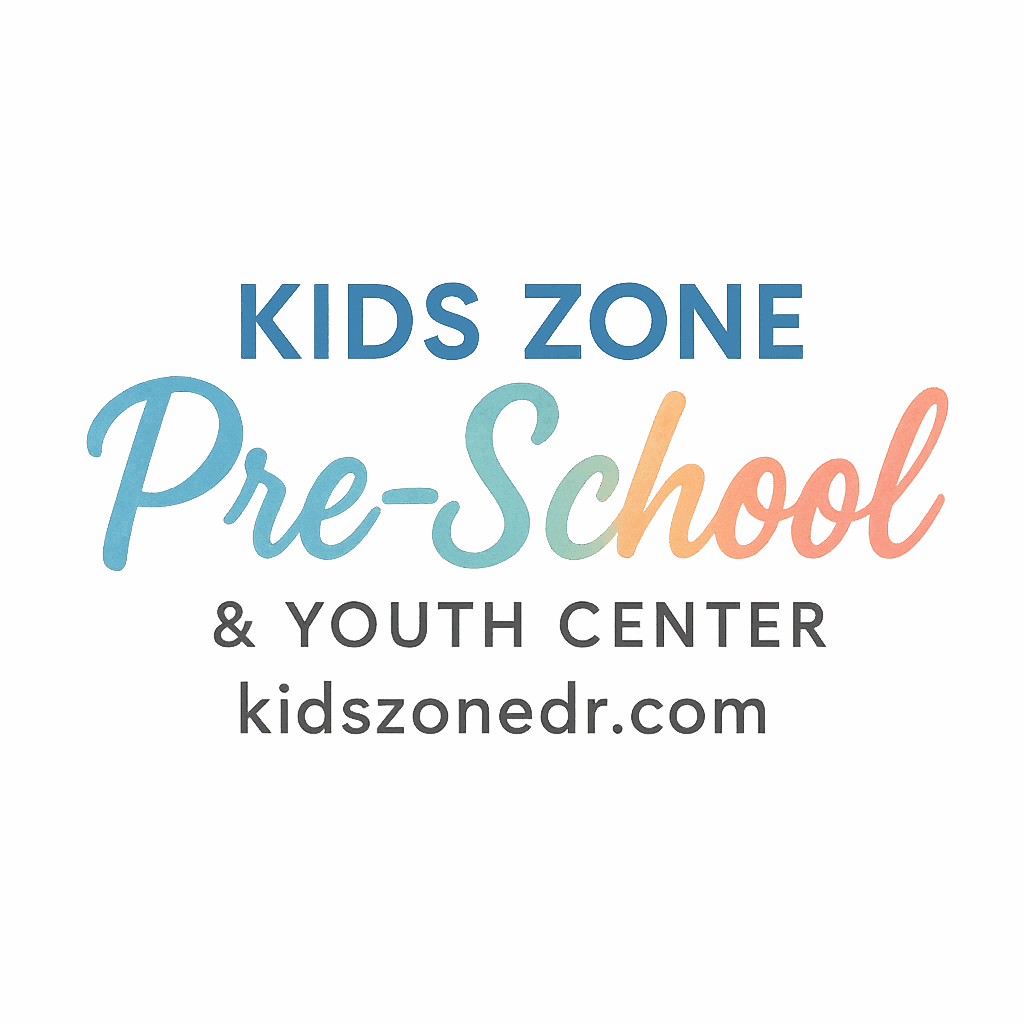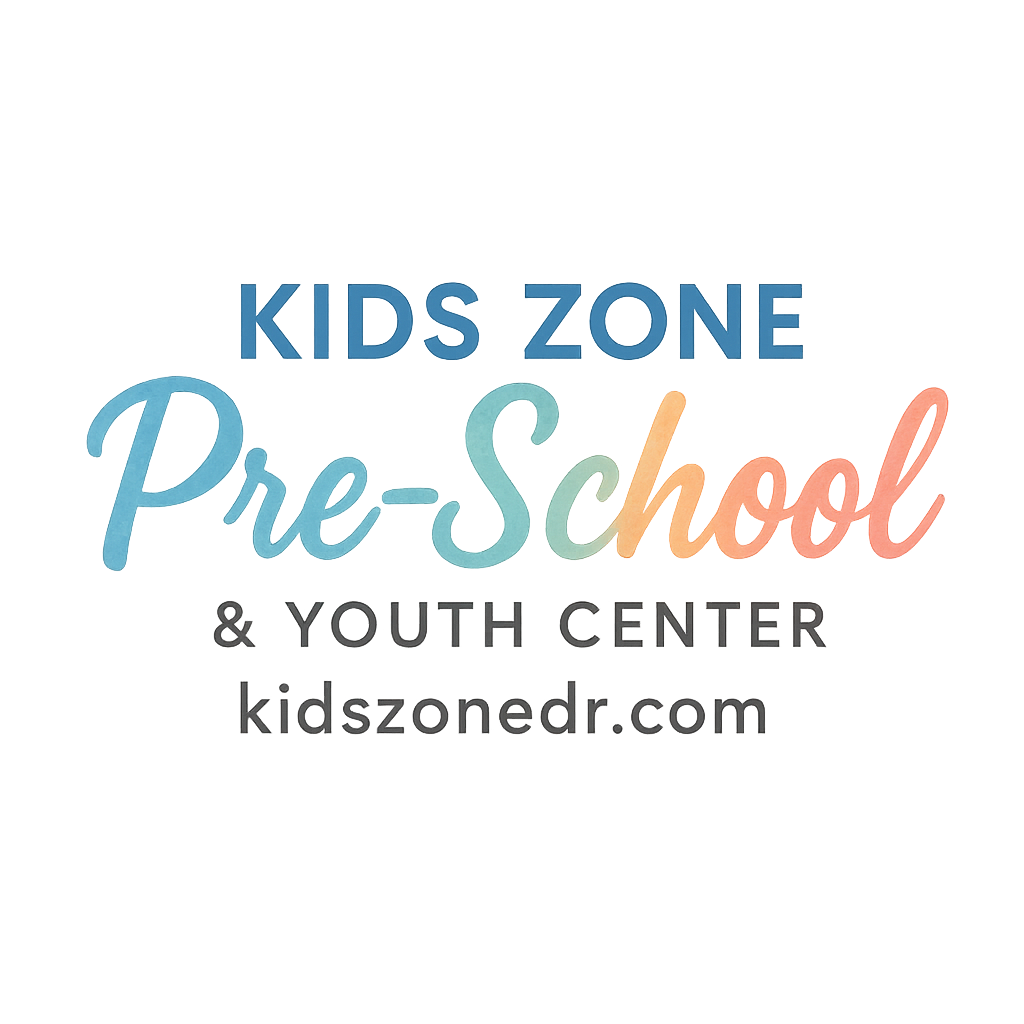Introduction: Why Music Matters in Preschool Education
Music is a universal language that connects people across cultures, but it’s more than just entertainment—it’s a powerful educational tool, especially in preschool settings. By incorporating music into daily activities, we can promote cognitive, language, emotional, and social development in young children. The rhythm, melody, and movement that come with music are fundamental in nurturing key skills for preschoolers.
In this article, we’ll explore 7 music activities that enhance preschool education and discuss how you can integrate music into your child’s learning experience.
Benefits of Music Activities for Preschoolers
Before we dive into the specific activities, let’s first look at why music plays such a crucial role in early childhood education.
Cognitive Development
Music has a significant impact on the brain’s development, stimulating memory, focus, and problem-solving abilities. Children exposed to music tend to excel in areas like math and reading due to their improved ability to recognize patterns and sequences.
If you are looking for other activities that promote cognitive development, visit Preschool Learning & Development.
Language Skills Enhancement
Music provides a fun and engaging way for preschoolers to develop their language skills. Repeating lyrics and chanting rhythms improves vocabulary, pronunciation, and sentence structure. Children can also better understand sound, rhythm, and even syntax through music.
Explore more language-building tips in our Choosing the Right Preschool guide.
Emotional and Social Growth
Beyond cognitive and language skills, music also promotes emotional expression and social growth. Preschoolers learn to identify and express feelings such as happiness, sadness, or excitement through music. Group musical activities, like singing or dancing together, help children develop social skills like cooperation, taking turns, and sharing.
If you’re looking for ways to get involved with your child’s preschool experience, check out Parental Guidance & Involvement.
1. Sing-Along Sessions: Engaging Preschoolers through Songs
One of the simplest and most effective ways to incorporate music into preschool education is through sing-along sessions. These activities are not only fun but also offer numerous developmental benefits.
Why Sing-Alongs Work
Sing-alongs engage children by encouraging them to actively participate. When children sing, they practice new vocabulary, improve their pronunciation, and begin to recognize word patterns. Repetition helps reinforce their understanding and retention of words.
For additional insights into preschool activities, explore Daily Routines & Activities.
Best Songs for Preschoolers
When selecting songs for your sing-along sessions, go for tunes that have simple lyrics, easy melodies, and catchy rhythms. Some popular choices include “Twinkle, Twinkle, Little Star” and “Old MacDonald Had a Farm.” Songs with motions, such as “If You’re Happy and You Know It,” are especially helpful as they engage both the mind and body.
You can learn more about setting up the right preschool environment in our article on Preschool Health & Safety.
2. Rhythm and Movement Activities: Getting Little Bodies Moving
Integrating rhythm and movement into music-based activities helps preschoolers develop gross motor skills and coordination. It’s not just about clapping hands—rhythm and movement teach children important lessons about timing, space, and physical control.
Why Rhythm Matters
Rhythm activities help children internalize patterns and sequences, which can benefit math and reading. Movement tied to music also improves spatial awareness and physical coordination. The connection between movement and music can lead to better listening skills and focus.
If you want to enhance physical activities further, consider including regular physical routines in your child’s day as suggested in Daily Routines & Activities.
Fun Rhythm Activities for Preschoolers
- Clapping to the Beat: Clap along to the rhythm of the song and encourage your child to mimic you. This develops their sense of timing.
- Dance Parties: Put on an upbeat song and let children dance freely. You can even play freeze dance for added fun.
- Foot Stomping or Jumping: These activities are excellent for improving balance, rhythm, and physical coordination.
For additional movement ideas, visit Preschool Learning & Development.
3. Musical Instruments Exploration: Hands-on Learning
Children love experimenting with musical instruments, and it’s an excellent way to nurture creativity and fine motor skills. By exploring different instruments, preschoolers not only develop a sense of sound but also refine their hand-eye coordination and fine motor control.
Types of Instruments for Preschoolers
- Drums: Great for teaching rhythm and timing. Preschoolers can use their hands or drumsticks to explore various beats.
- Maracas: These are easy to use and help with developing grip strength and rhythm.
- Xylophones: A perfect introduction to different pitches, helping children develop auditory discrimination.
How Instrument Play Supports Development
Musical instrument play promotes hand-eye coordination and helps children learn the concepts of cause and effect. As they strike a drum or shake a maraca, they immediately hear the result, which reinforces learning.
For more information on hands-on activities, take a look at our article on Preschool Learning & Development.
4. Music and Storytelling: Blending Creativity and Sound
Combining music with storytelling offers preschoolers a chance to explore creativity through sound and narrative. Music can enhance stories, making them more vivid and engaging for children.
How Music Enhances Storytelling
Incorporating music into stories can make characters come to life, and it gives children a deeper connection to the emotions behind the words. Background music can reflect the mood of the story, while sound effects can emphasize key moments.
To learn more about guiding your child through creativity, visit Kids’ Development & Growth.
Fun Storytelling Activities Using Music
- Background Music: Use music to reflect the mood of the story (e.g., soft tunes for calm moments, fast-paced music for action scenes).
- Sound Effects: Use musical instruments like drums and tambourines to create sound effects for the characters or scenes.
- Music-Driven Story Creation: Encourage children to create stories that include music. They can choose a tune to reflect the mood of the plot.
5. Music-Based Games: Interactive and Fun Learning
Music-based games can make learning fun, interactive, and engaging. These games help children develop listening skills, memory, and teamwork while having a good time.

Examples of Music Games for Preschoolers
- Musical Chairs: This timeless game is a great way to teach children about listening, following instructions, and sharing.
- Pass the Instrument: Similar to pass-the-parcel, children pass an instrument around while music plays. When the music stops, the child holding the instrument gets to play or share something they’ve learned.
- Name That Tune: Play a short segment of a familiar song and have the children guess the song’s name.
For ideas on making learning more interactive, check out our post on Parental Guidance & Involvement.
The Role of Games in Preschool Education
These games teach valuable lessons like cooperation, patience, and memory skills. They also help children practice paying attention and following the flow of music and rhythm.
6. Listening Activities: Sharpening Attention and Focus
Listening activities are a vital aspect of music education, helping children improve attention spans and cognitive focus. These activities promote listening comprehension and auditory discrimination, which are critical skills for learning.
How Listening Enhances Cognitive Skills
When children listen closely to music, they train their brain to pick up subtle differences in sound. This enhances their ability to focus and process information, which contributes to better language development and memory.
You can also explore more techniques to boost cognitive growth in our Preschool Learning & Development guide.
Effective Listening Activities
- Sound Recognition: Play different sounds from musical instruments or nature and ask children to identify them.
- Listening to the Beat: Encourage children to move along with the rhythm, tapping their feet or clapping to the beat.
- Silence Time: Stop the music suddenly, and challenge children to listen closely for any remaining sounds.
7. Music and Visual Arts: Integrating Sound with Creativity
Music and visual arts go hand-in-hand. Music stimulates creativity, and when paired with visual art activities, it allows children to express themselves in new and exciting ways.
How Music Inspires Visual Arts
Music provides a sensory experience that can inspire children to explore colors, shapes, and patterns. The rhythm and tone of the music can even influence the way they approach their artwork.
Explore more creative activities in our Preschool Learning & Development section.
Creating Art with Music
- Draw to the Beat: Play music and ask children to create drawings or paintings based on the feelings they get from the music.
- Coloring with Sound: Provide coloring sheets and let children use different colors inspired by the pace of the music, such as bright colors for fast songs and darker colors for slower tunes.
Conclusion: Making Music a Regular Part of Preschool Education
Incorporating music into your preschooler’s routine not only makes learning more fun but also supports their overall development. The activities mentioned in this article can improve cognitive skills, language development, motor abilities, and social-emotional growth. Make music a regular part of your child’s education, and you’ll set them up for success in many areas of their life.
If you’re looking for more ideas on how to integrate learning with fun, visit Preschool Learning & Development.
Frequently Asked Questions (FAQs)
- How does music benefit a child’s brain development?
Music stimulates the brain, enhancing memory, attention, and problem-solving skills. It also fosters creativity and helps children process information in unique ways. - Can music improve language skills in preschoolers?
Yes! Music helps children develop language by introducing them to new vocabulary, sentence structures, and pronunciations through songs and rhymes. - What are some simple musical instruments for preschoolers?
Simple instruments like tambourines, maracas, and small drums are great for preschoolers. They help develop rhythm, motor skills, and auditory discrimination. - How do music and movement activities support physical development?
Music-based movement activities like dancing or clapping help children develop coordination, balance, and motor skills, essential for physical growth. - Is it necessary to have formal music training to incorporate music into preschool education?
Not at all! Simple sing-alongs, rhythm games, and listening activities can be just as effective in fostering a love for music and enhancing development. - What are some benefits of music-based games in preschool?
Music-based games promote teamwork, listening skills, and cognitive development while keeping learning fun and interactive. - How can parents incorporate music at home?
Parents can introduce sing-alongs, rhythmic clapping, and listening activities into daily routines, or simply play music during playtime to engage their child in musical learning.


